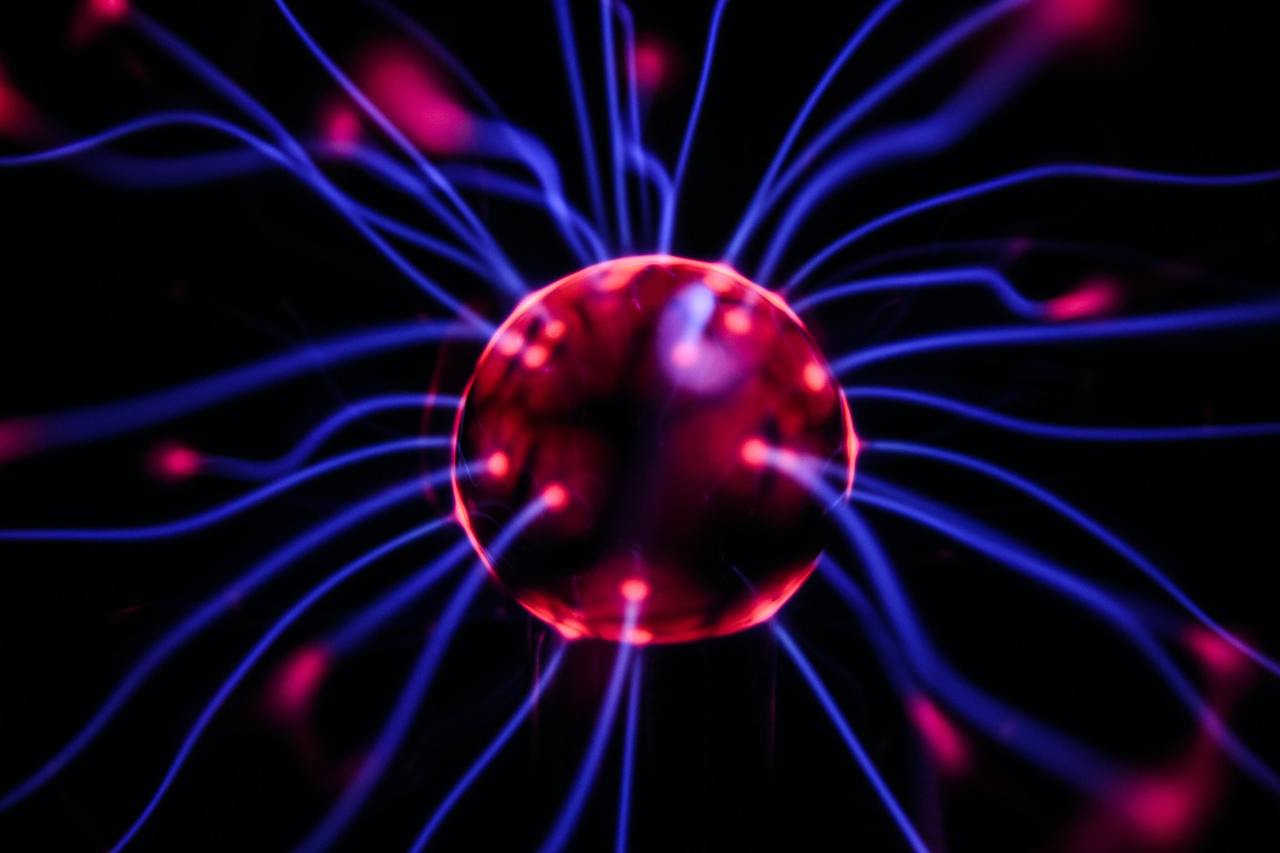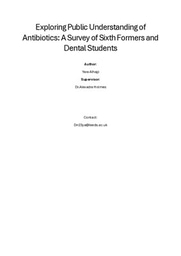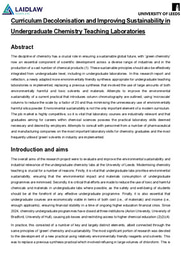Research Proposal: An Investigation into The Modulation of Working Memory and Its Neural Representations

The term "working memory" describes one’s ability to hold information in the mind for a short period of time until it is required for use. We use this when following instructions, driving, learning how to read, and in decision-making tasks. Effective working memory is therefore key to both educational development and functioning in everyday life. The amount of information a person can hold in their working memory can be predicted based on their ability to ignore distraction during tasks which test working memory. We are yet to identify the brain mechanisms that control this specific encoding of information into working memory while ignoring distraction; this has been partially tackled in recent research at the University of York. A working memory task involving images of faces in scenes was used, where participants were instructed to attend to the scene while ignoring the face or vice versa. Activations in brain regions which specifically process faces and scenes (the FFA and PPA respectively) revealed specific neural mechanisms by which relevant information was remembered and distractors were ignored.
In my project, I will look at 3 alternative brain regions which are thought to be related to working memory and distraction, in order to see if they are involved in the neural networks which modulate working memory. I will use FEAT (fMRI expert analysis tool) to process region-specific fMRI data which has previously been collected from participants during the study described above. Then using IBM SPSS I will statistically analyse the data from the fMRI scans in order to see if there are any significant enhancement (brain activity when putting information into memory) and suppression (brain activity when ignoring something) effects. The regions I will analyse include frontal brain regions (specifically the IFG and MFG) and the basal ganglia (specifically the caudate and globus pallidus). If these regions are involved, it would indicate that we have unique top-down processing mechanisms for both encoding information and ignoring distraction. I will also look at data from the parietal cortex which has been shown to be a key neural locus for our mental representation of the visual world, and hence may also be involved.
Understanding these neural mechanisms of working memory will allow for more effective strategies to be used when tackling working memory impairment. An increasing proportion of the population experience declines in working memory, and this is one of the reasons I chose to investigate this topic. Individuals with Mild Cognitive Impairment (which often progresses to Alzheimer’s disease or other dementias), learning difficulties, and even high blood pressure have been shown to have deficits in working memory which are often non-reversible and heavily interrupt their everyday lives. Knowledge of the neural representations of this deficit opens the door for more specific treatments to be developed, such as drugs or more effective mental workouts. This therefore links to my university’s Health and Wellbeing research theme.





Please sign in
If you are a registered user on Laidlaw Scholars Network, please sign in
This is such an interesting project, good luck!